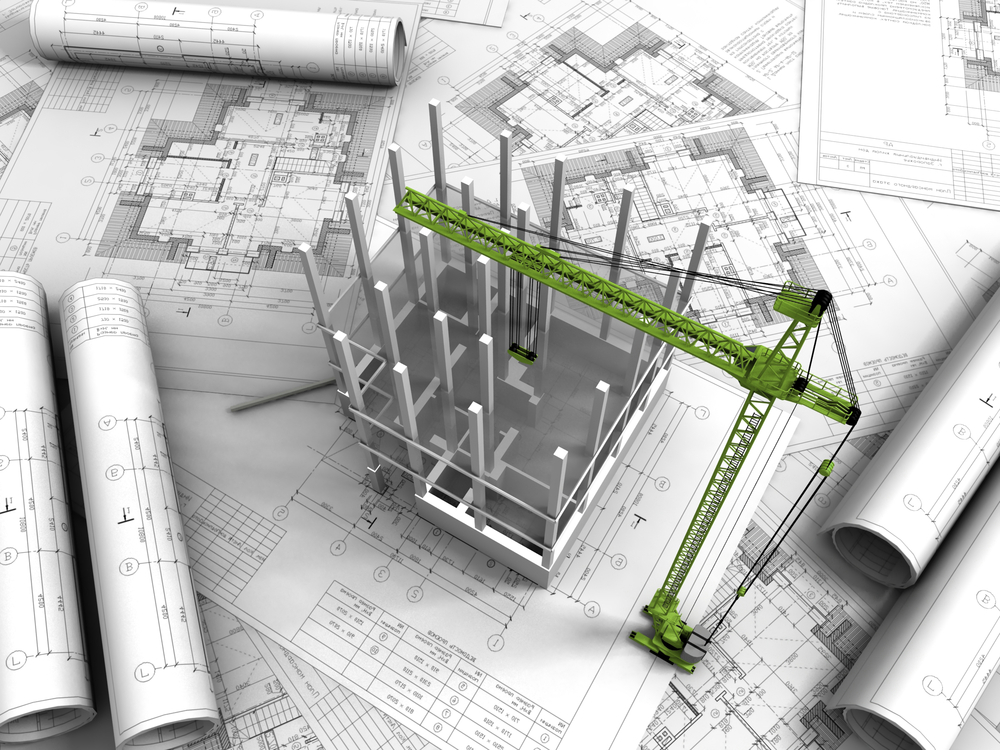Products and interconnected telecommunications components are forcing designer to further build ecosystems never previously required. But why?
The necessity for deign thinking to further incorporate the use of Google indexing and URL linkbacks and therefore unique URL’s is the basis for many design efforts as a mechanism to increase SEO and product interconnectedness and is today part of the standard designers toolbox when initial concept creation takes place. In The Design of Smart Product-Service Systems (PSSs): An Exploration of Design Characteristics we see additional possibilities for design interconnectedness and mechanisms used by engineering and business teams to bridge the gap between physical products and interconnected online services for the above purposes.













